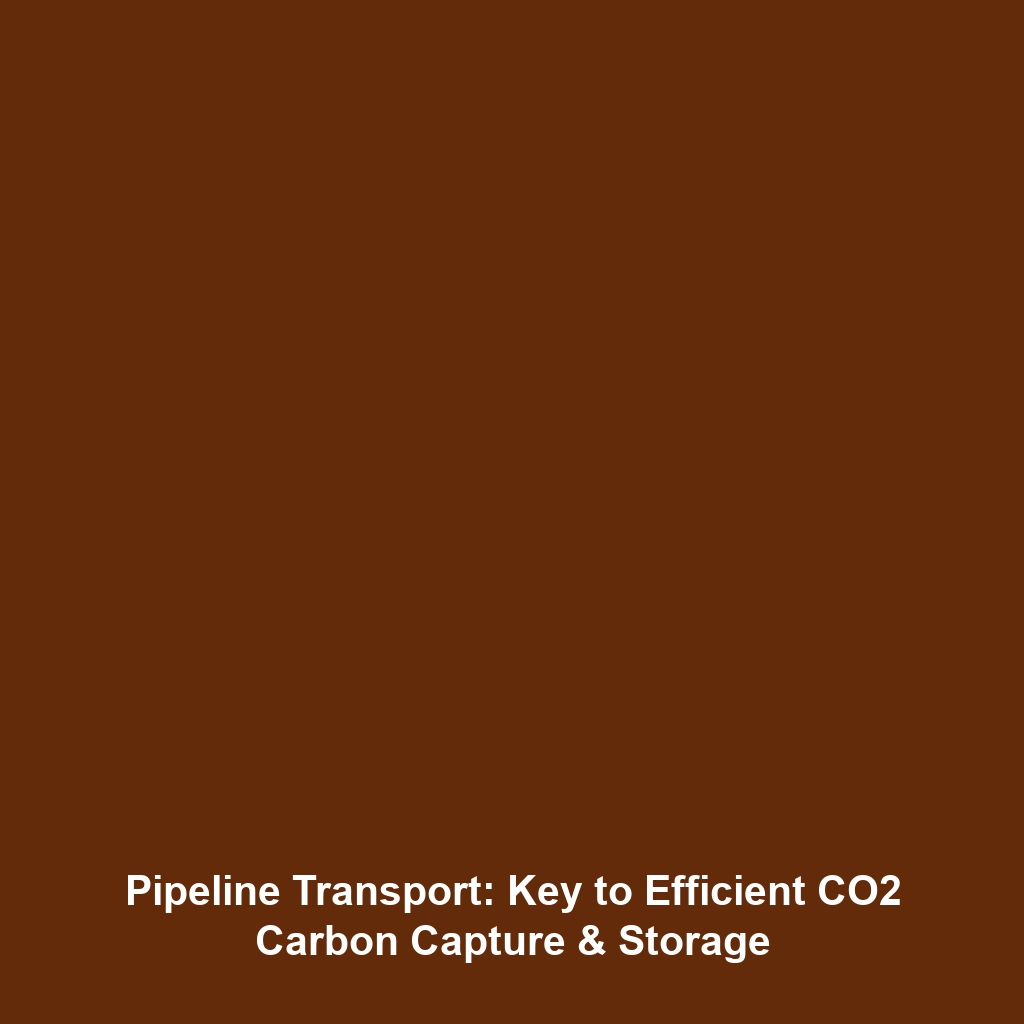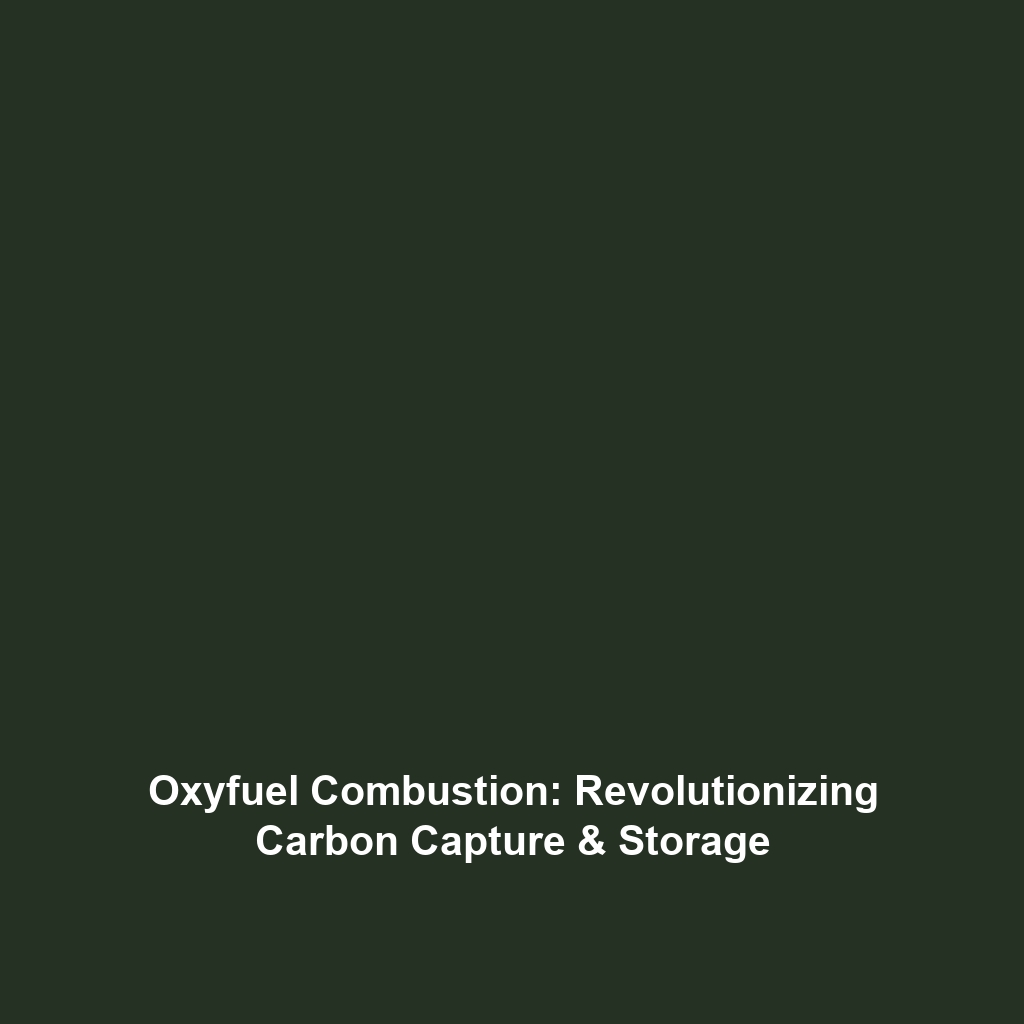Pipelines: The Safest and Most Cost-Effective Method for Large-Scale Transport in CCS
Introduction
In the realm of Carbon Capture & Storage (CCS), the efficient transport of captured carbon dioxide (CO2) is paramount. Pipelines are increasingly recognized as the safest and most cost-effective solution for large-scale transport of CO2. With the growing emphasis on reducing greenhouse gas emissions, understanding the pivotal role of pipelines in CCS becomes crucial. This article delves into their significance, exploring both technological advancements and practical applications.
Key Concepts
Pipelines encompass a range of principles vital for the safe and efficient transportation of carbon dioxide:
- Safety Protocols: Advanced monitoring systems ensure the integrity of pipelines, minimizing the risk of leaks and accidents.
- Cost Efficiency: Pipelines allow for the transportation of large volumes of CO2 over long distances with lower operational costs compared to other modes of transport.
- Integration with CCS: Effective pipeline infrastructure enables seamless connection between carbon capture sites and storage locations, thus supporting the overarching CCS framework.
Applications and Real-World Uses
Understanding how pipelines are used in the context of Carbon Capture & Storage (CCS) highlights their practicality:
- Industrial Emissions Capture: Many industrial facilities, such as power plants, employ pipelines to transport captured CO2 to designated storage sites.
- Enhanced Oil Recovery (EOR): CO2 pipelines are also utilized to facilitate EOR, where captured carbon enhances oil extraction and reduces overall emissions.
- Research Projects: Several CCS research initiatives worldwide leverage pipeline technology for experimental carbon transport, paving the way for future advancements.
Current Challenges
Despite their advantages, there are several challenges associated with pipelines in CCS:
- Regulatory Hurdles: Navigating through various state and federal regulations can be complex and time-consuming.
- Public Acceptance: Community concerns regarding safety and environmental impacts may hinder pipeline development.
- Infrastructure Costs: Initial investment for building pipeline networks can be significant, impacting project feasibility.
Future Research and Innovations
Upcoming innovations promise to enhance the efficacy of pipelines in CCS:
- Smart Pipeline Technologies: Innovations in sensor technology and data analytics are set to improve leak detection and risk assessment.
- Alternative Materials: Research into advanced materials aims to bolster the durability and lifespan of pipelines, thereby reducing maintenance costs.
- Integrated Systems: Future projects may integrate pipelines with renewable energy sources, enhancing overall sustainability in carbon transport and storage.
Conclusion
To conclude, pipelines stand out as the safest and most cost-effective approach for large-scale transport within the Carbon Capture & Storage (CCS) framework. Their operational benefits and real-world applications underscore their importance in mitigating climate change. As technology progresses, continued research and development in this area are essential. For more information, consider exploring topics on current CCS technologies and case studies on pipeline applications.







